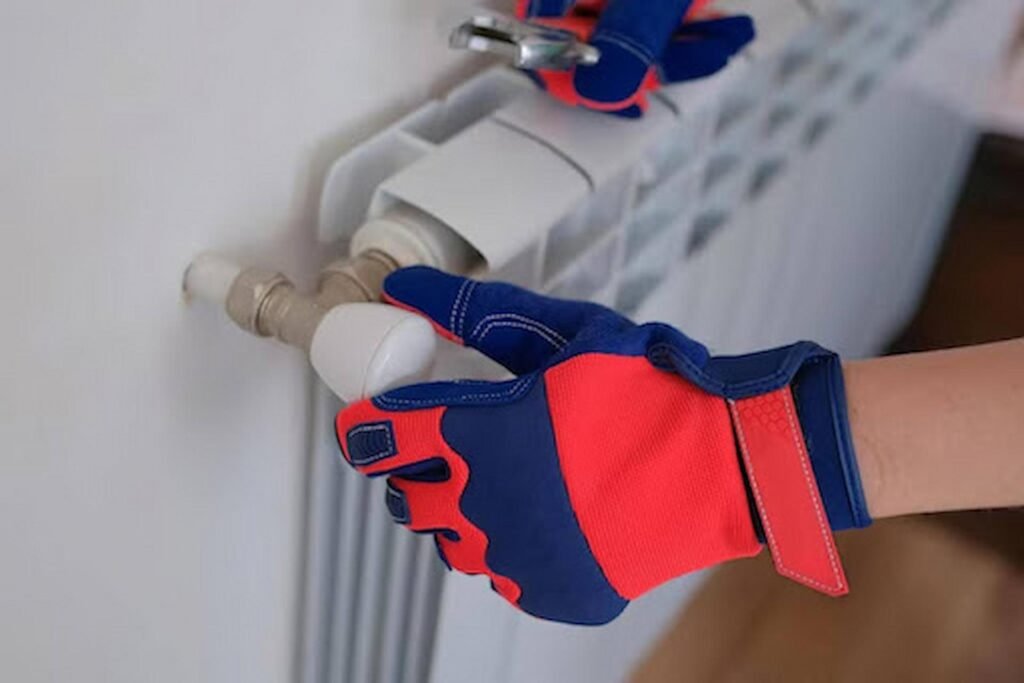The Different Types Of Radiators And How They Work

Choosing the right Radiators can make all the difference in heating efficiency, comfort, and style. From traditional central heating models to modern electric designs, radiators come in many forms. This guide explains the different types, how they work, and tips for selecting the best option for your home.
When it comes to keeping your home warm, radiators continue to be one of the most reliable and efficient heating solutions. They provide consistent warmth through a combination of convection and radiation, ensuring every corner of a room feels comfortable. Beyond their practical function, radiators have evolved into stylish home features, offering designs that complement both modern and traditional interiors. From sleek, flat-panel models to elegant column styles, they add character and value to any living space.
By understanding the different types available and how they work, you can select the perfect radiator to suit your heating requirements, energy-efficiency goals, and design preferences, ensuring comfort while enhancing the overall look of your home.
How Radiators Work
Radiators transfer heat to the room by circulating hot water or using electricity. The process involves convection and radiation:
- Convection warms the air as it passes over the radiator.
- Radiation transfers heat directly to objects and people in the room.
This dual action ensures even, comfortable warmth throughout the space.
The Main Types of Radiators
1. Central Heating Radiators
These are the most common and connect directly to a home’s boiler. Hot water flows through the panels, distributing heat efficiently.
Benefits:
- Reliable and consistent heating
- Wide range of styles and sizes
- Cost-effective in homes with existing central heating
2. Electric Radiators
Electric radiators operate independently and plug directly into the mains. They’re ideal for spaces without central heating.
Benefits:
- Easy installation and portability
- Energy-efficient with thermostat control
- Perfect for extensions, lofts, or standalone rooms
3. Dual Fuel Radiators
Dual fuel combines central heating with electric heating. This allows us to use it during the summer without switching on the whole system.
Benefits:
- Flexibility of two energy sources
- Cost savings by using electric mode when needed
- Great for bathrooms and kitchens
4. Column Radiators
A stylish option that brings a touch of vintage charm while delivering excellent heat output.
Benefits:
- Classic design with modern efficiency
- High heat capacity
- Available in both vertical and horizontal styles
5. Panel Radiators
Panel radiators are sleek, space-saving options that suit contemporary homes perfectly. Their flat design makes them ideal for smaller rooms or areas where floor space is limited.
Benefits:
- Minimalist look that fits tight spaces
- Quick to heat up
- Often lightweight and easy to install
6. Designer Radiators
If you’re looking for a statement piece, designer models combine function with striking aesthetics.
Benefits:
- Wide variety of shapes, colours, and finishes
- Adds value to home décor
- Offers both horizontal and vertical designs
7. Towel Radiators
Commonly used in bathrooms, towel radiators warm both the space and your towels.
Benefits:
- Keeps towels dry and fresh
- Compact design
- Available in electric, central heating, or dual fuel options
Tips for Choosing the Right Radiator
- Size Matters: Calculate your room’s BTU (British Thermal Unit) requirement to ensure efficient heating.
- Consider Location: Place radiators near windows or external walls for maximum effect.
- Style vs. Function: Balance aesthetics with performance—choose designs that match your interior without compromising on efficiency.
- Energy Efficiency: Opt for models with thermostatic radiator valves (TRVs) for better control and reduced bills.
- Future-Proofing: If energy costs or eco-friendly heating matter to you, explore dual fuel or advanced electric models.
Key Takeaways
- Central heating radiators are dependable and cost-effective.
- Electric radiators provide flexibility where central systems aren’t available.
- Dual fuel models offer seasonal convenience.
- Designer and column radiators bring visual appeal alongside performance.
- Towel radiators are perfect for bathrooms, combining warmth and practicality.
Wrapping Up
Radiators play a vital role in keeping homes comfortable, efficient, and stylish. They are more than just heating devices—they contribute to the overall design and atmosphere of a room. With so many options available, from classic central heating models to sleek panel designs, innovative dual fuel systems, and eye-catching designer radiators, there is a solution to suit every requirement and preference. Choosing the right type means balancing functionality with aesthetics, ensuring your heating system not only delivers warmth but also complements your home’s interior.
By understanding how different radiators work and recognising the unique benefits of each, you can make an informed decision that supports energy efficiency, long-term comfort, and personal style. Whether you prioritise cost-effectiveness, flexibility, or design impact, investing in the correct radiator ensures your home stays warm while enhancing its overall look and feel.



